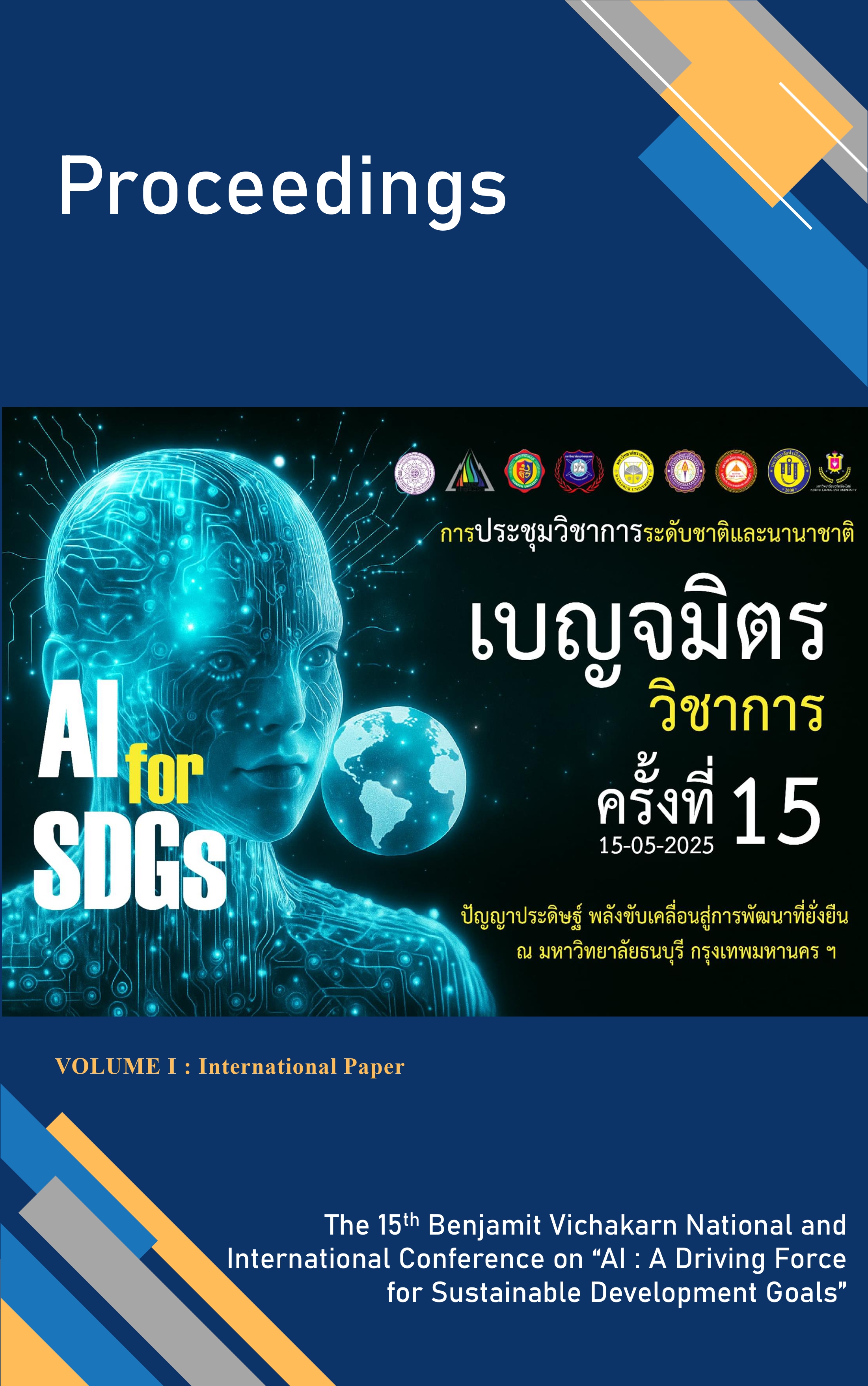Error Analysis in Thai-English Consecutive Interpreting Among Student Interpreters
Main Article Content
Abstract
This study examines the types of errors in students' consecutive interpreting performances between English and Thai. Using error analysis, it categorizes errors into seven types: literal translation, inadequate language proficiency, register conservation, omission, addition, protocol-procedures-and-ethics, non-conservation of paralinguistic features. Data was collected from audio recordings of students' interpreting exercises, analyzed, and examined using descriptive statistics. The findings reveal a total of 183 errors in English-to-Thai interpreting, with inadequate language proficiency being the most common, followed by literal translation and omission. A similar pattern was observed in Thai-to-English interpreting, with a total of 131 errors, indicating consistent challenges across both language directions. These results highlight the need for targeted training to improve students' interpreting accuracy and fluency.

